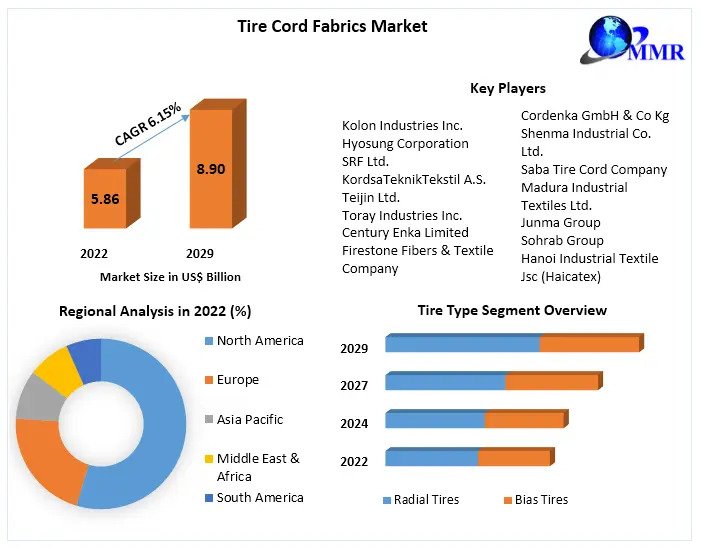If you are a landowner in Italy and are considering the option of renting your land for photovoltaic projects, it is essential to have a comprehensive overview of the crucial considerations to take into account.
This article provides an informative and accurate guide to help you make data-driven decisions. We will explore various aspects, from profit potential to the regional context, project timelines, tax issues, and responsibilities in case of contract termination.
Income from Renting Land for Photovoltaic Projects
One of the first questions that arise concerns the potential income derived from renting your land for photovoltaic installations. For agricultural lands, the average annual income typically ranges from €2,000 to €3,500 per hectare, while industrial lands can generate approximately between €4,500 and €6,000 per hectare annually.
It is essential to note that these values can vary significantly. Factors such as proximity to medium/high voltage substations, regional and provincial regulations, as well as the characteristics of the land, preferably flat, will influence the actual income.
Income from Selling Land for Photovoltaic Projects
If you are considering selling the land, it is important to keep in mind that prices vary depending on the type of land. In general, agricultural lands usually range between €2 and €3 per square meter, while industrial lands can reach between €4 and €7 per square meter. In some cases, lands designated for storage can exceed €15 per square meter.
It should be noted that these prices represent an indication and can be influenced by various factors, including proximity to substations, usable area, local incentives, and land configuration.
Most Promising Regions for Photovoltaic Projects
The profitability of photovoltaic installations in Italy is closely linked to the abundance of sunlight, access to the grid, and government incentives. Regions showing significant potential for 2023 include Lazio, Campania, Piemonte, Emilia Romagna, Veneto, Tuscany, Sicily, Sardinia, Apulia, and Calabria. In general, most Italian regions offer good opportunities for photovoltaic projects.
Project Timelines
The time required to complete a photovoltaic project varies based on the type of land and its location. In optimal conditions, projects in areas without significant limitations, such as industrial zones, can obtain authorization in about a year. On average, the development of a photovoltaic project takes approximately two years, although these estimates are subject to specific circumstances.
Renting Agricultural Land for Photovoltaic Projects
Renting agricultural land for photovoltaic projects involves a surface right with a usual duration of 30 years to allow for project development and operation. Lease agreements for photovoltaic projects usually include both a fixed and a variable fee linked to solar energy production to ensure stable income for the landlord.
Tax Aspects
The taxation of the land depends on its type and contractual agreements. Owners of agricultural land typically bear the costs and taxes related to the land.
On the other hand, for industrial lands, the renting companies usually assume the tax burden, including the Single Municipal Tax (IMU).
Removal of Equipment at the End of the Contract
The removal and disposal of photovoltaic equipment at the end of a 30-year contract are the responsibility of the investor or development company.
Regional regulations may require a financial guarantee (security deposit) from the photovoltaic system owner to ensure proper equipment removal, typically provided by the investor or developer.
Required Documentation for Feasibility Studies
To conduct a preliminary land assessment, you need cadastral data (municipality, sheet, and parcel) and land use destination certificates.
More detailed evaluations, especially for industrial lands, require an updated Urban Planning Destination Certificate (CDU) issued within 12 months of the request to obtain a formal leasing proposal.
Tax Responsibility
For agricultural lands, land-related costs and taxes remain the responsibility of the owner, while any costs related to the photovoltaic system are usually covered by the development company or investment fund.
For industrial lands, owners are exempt from IMU, as renting companies typically bear this expense.
Conclusion
In summary, this document provides an overview of essential questions and information for landowners considering renting their land for photovoltaic projects in Italy. This information offers valuable insights to guide the decision-making process and make the most of this profitable opportunity in the solar energy sector.
If you are interested in learning more and need assistance in managing the rental or sale of your land for photovoltaic projects, we invite you to visit the orginal italian page “Le Principali Considerazioni per l’Affitto di Terreni Fotovoltaici in Italia“







